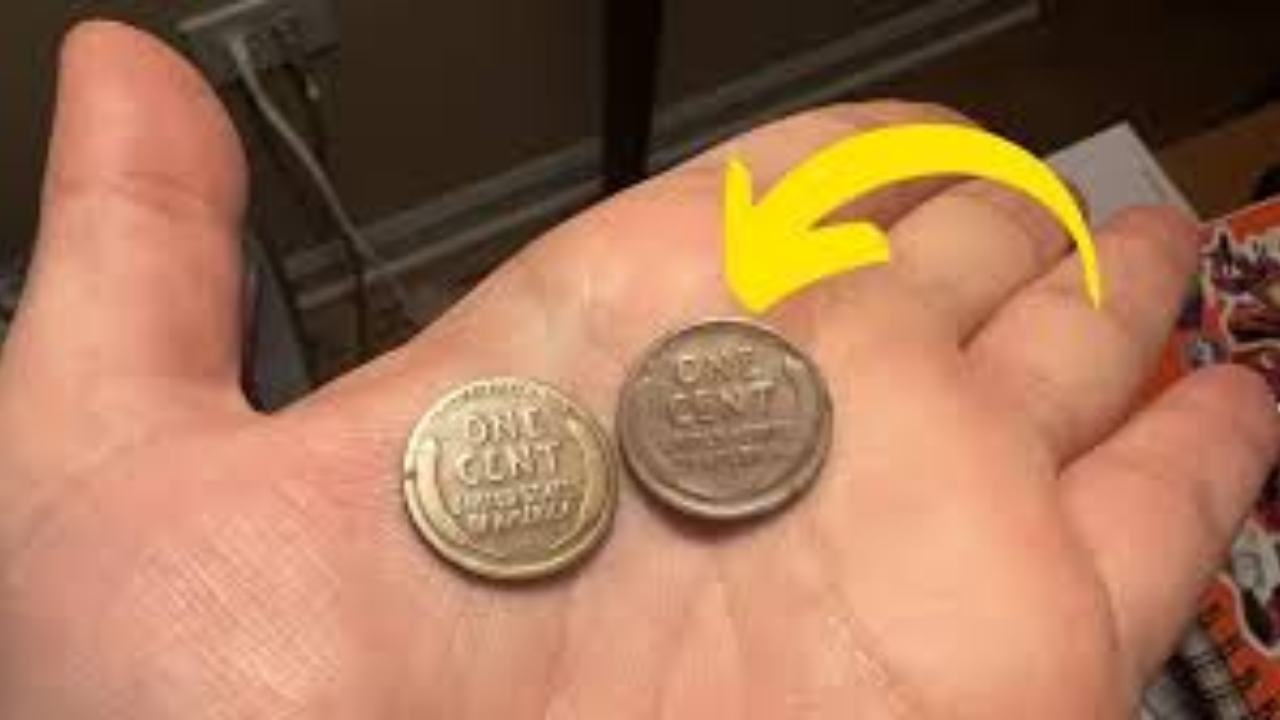Wheat Penny Values by Year: Are you curious about those old pennies with wheat stalks on the back? These are called wheat pennies, and they’re a favorite among coin collectors. Also known as Lincoln wheat cents, they were made from 1909 to 1958. Their value can range from just a few cents to thousands of dollars, depending on the year, condition, and special features. If you’ve found one in your change or inherited a collection, this guide will help you understand their worth in simple terms.
In this article, we’ll explain what makes a wheat penny valuable, list values by year with easy-to-read tables, and share tips for collectors. Whether you’re new to collecting or looking to sell, keep reading to discover how much your wheat pennies might be worth today.
What is a Wheat Penny?
A wheat penny is a one-cent coin featuring President Abraham Lincoln on the front and two wheat stalks on the back. It’s part of the Lincoln cent series, but collectors call the 1909-1958 versions “wheat pennies” because of the wheat design.
History of the Wheat Penny
The wheat penny started in 1909 to celebrate Lincoln’s 100th birthday. Artist Victor David Brenner designed it. The first ones had his initials “VDB” on the back, but people complained, so they removed them briefly. In 1918, the initials returned smaller on the front, under Lincoln’s shoulder. The coins were mostly copper, but in 1943, due to World War II, they used steel to save copper. A few rare ones were made in bronze by mistake that year. After 1958, the back changed to the Lincoln Memorial design.
This series lasted 50 years and includes over 100 different types when counting mint marks from Philadelphia (no mark), Denver (D), and San Francisco (S).
Factors That Affect Wheat Penny Value
Not all wheat pennies are worth the same. Here are the main things that decide their price:
- Condition (Grade): How worn the coin is. Grades go from “Good” (G, very worn) to “Mint State” (MS, like new). Higher grades mean more value.
- Year and Mint Mark: Some years had low production, making them rare. The mint mark shows where it was made.
- Rarities and Errors: Mistakes like missing letters, double images, or wrong metal can make a penny super valuable.
- Color: Red (RD) coins look new and shiny; brown (BN) are more common and less valuable.
Always check for fakes, especially with high-value ones. Get them checked by experts like PCGS or NGC.
Wheat Penny Values by Year
Most wheat pennies from common years are worth 3 to 50 cents in average condition. But key dates can fetch hundreds or thousands. Below is a table of selected years with approximate values in different conditions. Values are based on recent market data and can change. For full lists, check reliable sites.
| Year | Mint Mark | Key Feature | Mintage | Good (G) | Fine (F) | Very Fine (VF) | Mint State (MS60) | Mint State (MS65) | Notes |
|---|---|---|---|---|---|---|---|---|---|
| 1909 | S | VDB | 484,000 | $850 | $1,052 | $1,174 | $2,011 | – | Rarest key date; high demand. |
| 1909 | S | – | 1,825,000 | $102 | $142 | $176 | $433 | – | Semi-key; over horizontal S variety exists. |
| 1911 | S | – | 4,026,000 | $37 | $60 | $80 | $246 | – | Low mintage; popular. |
| 1914 | D | – | 1,193,000 | $215 | $341 | $521 | $1,174 | – | Key date; scarce. |
| 1922 | D | No D | N/A | $850 | $1,330 | $1,582 | $2,470 | – | Error: Missing mint mark. |
| 1931 | S | – | 866,000 | $68 | $102 | $121 | $246 | – | Depression-era low mintage. |
| 1943 | P | Bronze | N/A | $100,000+ | $150,000+ | $200,000+ | $500,000+ | – | Rare error; most 1943 are steel. |
| 1944 | P | Steel | N/A | $5,000 | $10,000 | $15,000 | $50,000+ | – | Error: Wrong metal. |
| 1955 | P | Doubled Die | N/A | $1,000 | $1,500 | $2,000 | $5,000 | $10,000+ | Famous error; doubled image. |
For common years like 1940-1958 (no mint mark), values are low: 3-10 cents in Good, up to $1-5 in MS. Always add 20-50% for red color.
Rare and Valuable Wheat Penny Varieties
Here are some top rarities to watch for:
- 1909-S VDB: The holy grail; even worn ones sell for $850+.
- 1914-D: Tough to find; MS examples over $1,000.
- 1922 No D: Plain reverse; values start at $850.
- 1931-S: Only 866,000 made; great for beginners at $68+.
- 1943 Bronze: Worth six figures; only a few known.
- 1944 Steel: Another war-time error; $5,000+.
- 1955 Doubled Die: Easy to spot; popular variety.
If you think you have one, compare it to photos online or get it appraised.
Tips for Collecting Wheat Pennies
Start with a folder or album for the series. Look in rolls from banks or old jars. Clean coins gently—never scrub, as it lowers value. Store in holders to prevent damage. Join clubs or forums for advice. Selling? Use auctions or dealers for best prices.
Conclusion
Wheat pennies offer a fun way to dive into coin collecting without breaking the bank. Most are affordable, but spotting a rare year or error could mean big rewards. Values come from history, scarcity, and condition, so learn to grade yours. Whether you’re building a set or checking grandma’s jar, wheat pennies connect us to the past. Check current prices often, as the market changes. Happy hunting—your next find might be a treasure!
FAQ
What makes a wheat penny valuable?
Value depends on year, mint mark, condition, and errors. Rare ones like 1909-S VDB can be worth thousands, while common ones are pennies.
How do I know if my wheat penny is rare?
Check the year and mint mark under the date. Key dates include 1909-S, 1914-D, 1922 no D, and 1931-S. Use a magnifier for errors like doubling.
Are all wheat pennies worth money?
No, most from 1930s-1950s are worth 3-50 cents. Only scarce years or top conditions fetch more.
Where can I sell my wheat pennies?
Try coin shops, online sites like eBay, or auctions. Get graded for higher prices.
What is the most valuable wheat penny?
The 1943 bronze error can sell for over $1 million in top grade.



